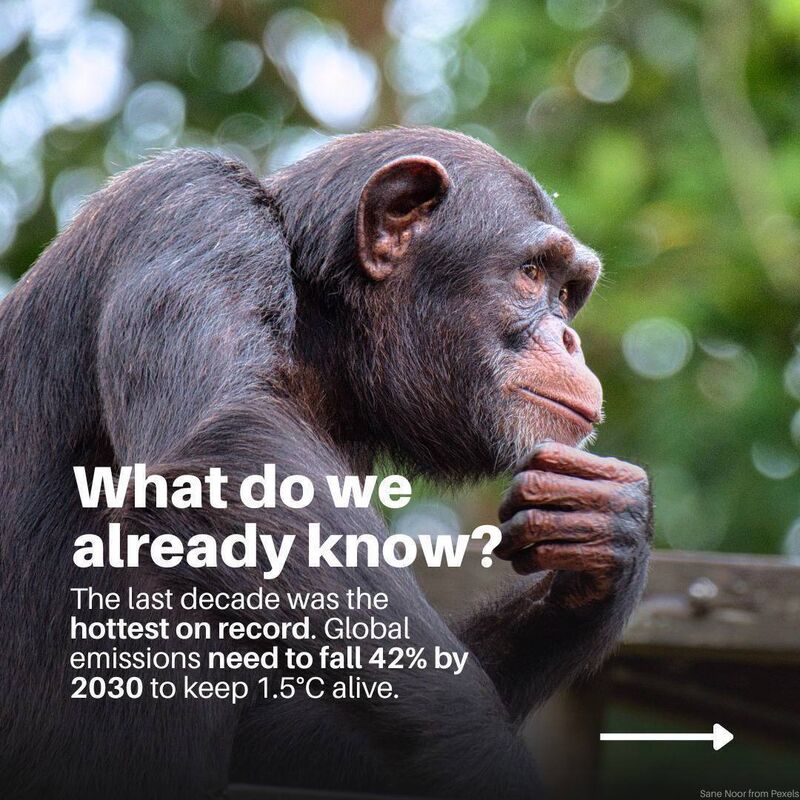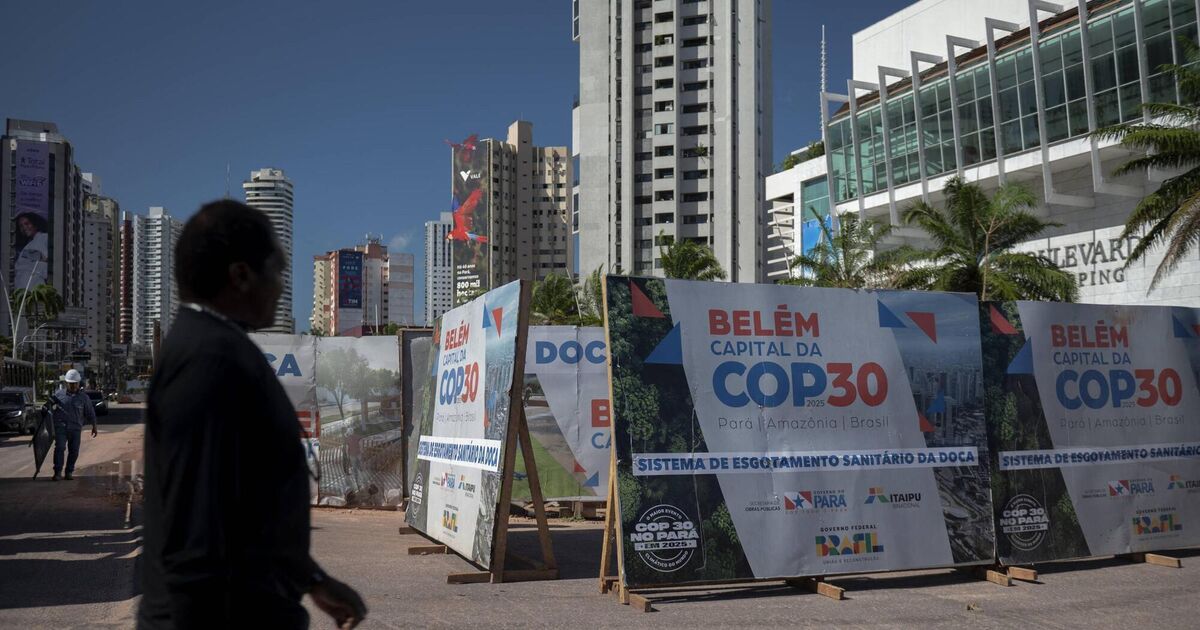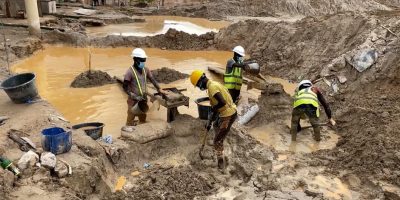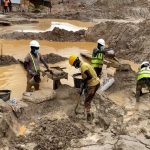Wintery rains and windy gusts are characteristic of November, as bird song quietens and pollinators disappear from active service. What is a lot less normal, though, is the temperature.
As I write, it’s a balmy 14°C outside. 2024 was the warmest year on record — the first calendar year where global average temperatures exceeded 1.5°C above pre-industrial levels, breaching the limits that were agreed by 196 countries at COP 21 in Paris, 10 years ago.
This week, world leaders are gathering for COP 30 in Belém, in northern Brazil. Hosting the 30th UN climate conference at the northern gateway to the Amazon rainforest, where more than half of the planet’s remaining tropical forests are, is significant.
The Brazilian government is clearly hoping that this proximity to the Amazon will remind delegates of the need to approach climate action with nature in mind.
The Amazon rainforest is home to more than one-third of all species in the world.
Their collective existence constitutes the living rainforest, which stores and actively sequesters vast quantities of carbon and, due to evapotranspiration, exerts a net cooling effect that helps to stabilise the Earth’s climate.
Yet the Amazon is one of many ecosystems worldwide that despite their role as our greatest allies in the fight to maintain a liveable planet, are still being plundered at pace.

Limiting the catastrophic impacts of climate change is a fight with many fronts. Ceasing actively releasing greenhouse gasses from the burning fossil fuels is the most obvious. Dramatically reducing the amount of livestock is also required.
Halting deforestation, wetland drainage and the destruction of marine habitats is another crucial component of climate change mitigation and will determine how we adapt to its impacts.
In this part of the world, peat bogs, broadleaved woodlands and marine habitats are where we must focus domestic efforts. This realisation that healthy ecosystems central component of climate action has been slow to set in.
Until just a few short years ago, harvesting midland peat bogs for electricity generation was seen as a logical utilisation of an indigenous resource, and as such was heavily subsidised by the State. Extraction for the horticultural industry is still ongoing, as is turf cutting in many places.
As a result, 82% of Irish peatlands have been damaged and Irish peatlands currently emit more than three megatonnes of carbon dioxide into the atmosphere each year.
A significant portion of this is emitted by drained peat soils that are currently managed as grasslands, in addition to ongoing emissions from peatlands that have been impacted by drainage or extraction in the past.
Now, having at last widened our collective perspective about the central role that ecosystem restoration plays in achieving the temperature goals agreed in the Paris Agreement, peatland restoration projects are tentatively underway across the country.
With support from the State and from the EU, restoration notwithstanding, drainage of peat soils for agriculture and forestry continues, and must be avoided if we are to take climate goals seriously.

In Ireland as across the globe, forest ecosystems are also powerful allies in climate mitigation and adaptation. The bulk of their carbon stores are below-ground, in the growing roots of trees and the carbon rich biomass of woodland soils, deadwood and carbon rich litter.
But all of these functions depend on the type of trees and how they are managed. Short rotation plantations, in particular Sitka spruce with its characteristic shallow root system, are often planted on peat soils that have been drained to accommodate the rigid rows of spruce.
Our approach to growing commercial conifer plantations cannot compare to the long-term carbon storage performance of more natural woodlands, especially when co-benefits such as biodiversity and flood attenuation are considered.
Managing forestry with ‘continuous cover’ approaches allows carbon and other ecosystem services alongside continuous, selected timer for harvesting, while maintaining the overall balance of carbon in the woodlands system.
Understanding the full potential of forests, wetlands and ocean ecosystems in climate change mitigation is valuable knowledge — knowledge that we have the power to change the trajectory we are on.
But first, we must make peace with these ecosystems and honour them as allies. To step up and play our part, a huge amount of domestic action is necessary.
- Will the requisite measures be taken to stop draining and harvesting the life from our remaining peat bogs?
- Have we the collective power to further national and international efforts in accelerating ambitious peatland restoration and rehabilitation?
- Will pressure from civil society across the globe be enough to halt tropical deforestation, perhaps under the guise of a Tropical Forest Forever Facility being proposed by president Lula de Silva at this COP?
- Will we in Ireland progress from industrial forestry plantations toward practicing continuous cover forestry?
- Will we acknowledge our privilege as a wealthy nation and advocate for and supply finance to support poorer countries with much needed climate adaptation?
Each of these approaches are part of the rescue plan that will help protect human infrastructure from extreme heat, from drought, and from the more frequent and severe floods and storms that are already evident.
Nature is offering powerful solutions to the coupled challenges of biodiversity loss and climate change.
As yet, no one knows whether the politicians and business leaders gathering at COP will be getting serious about implementation. In answering these questions, there is all to play for.
And in these weeks while COP 30 is underway, each of us can be having climate conversations with colleagues, with family and friends, reminding ourselves and each other that success of multilateral international cooperation will determine the viability of our collective future.

















